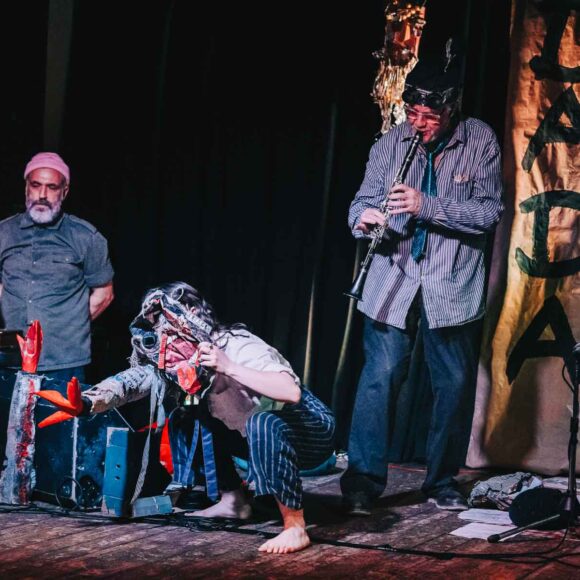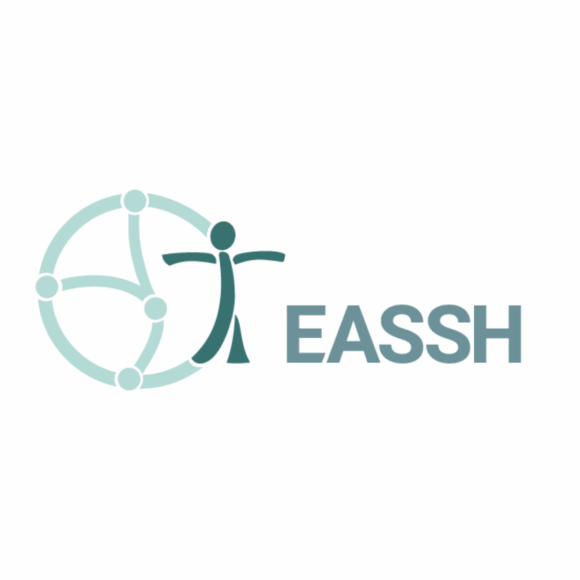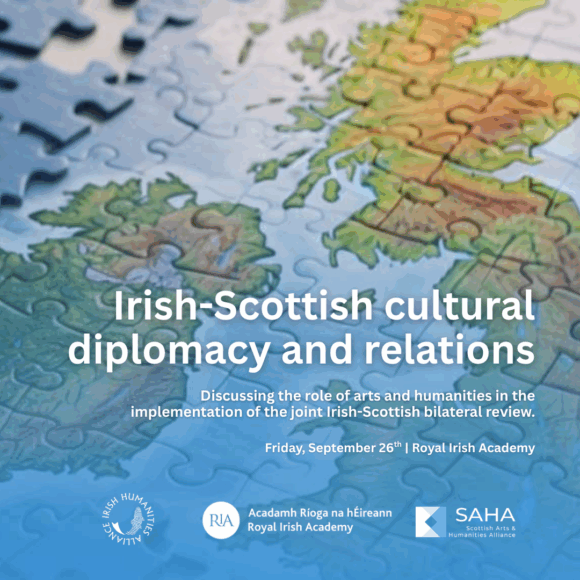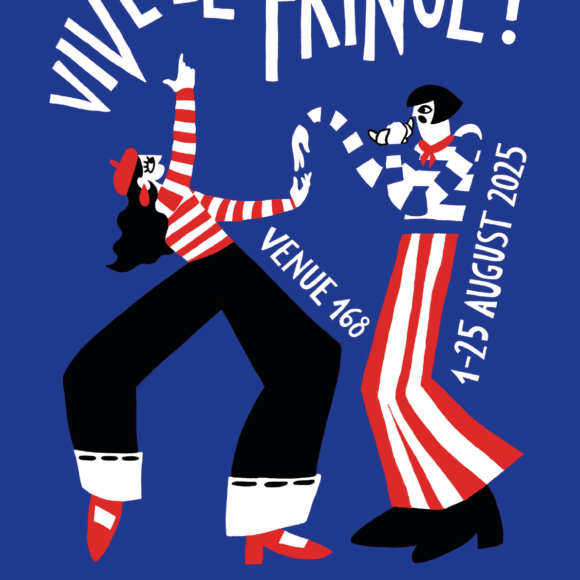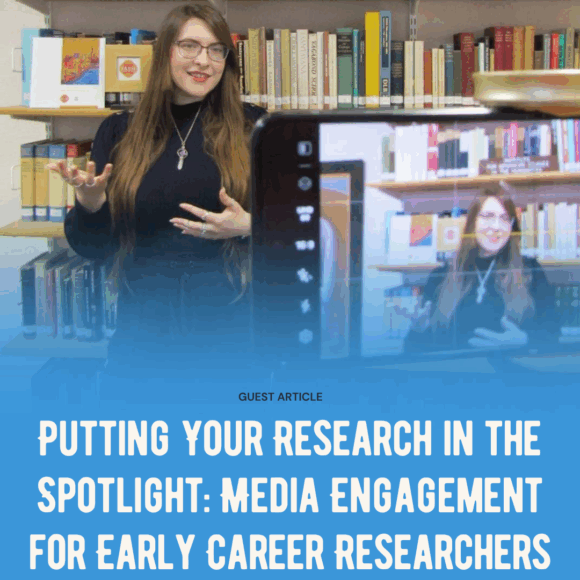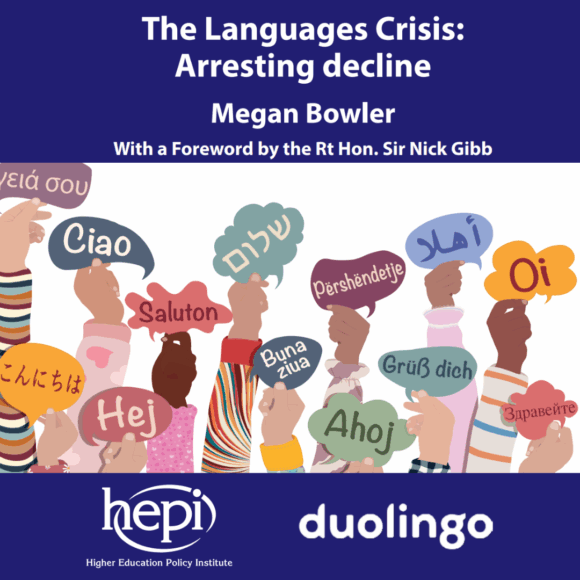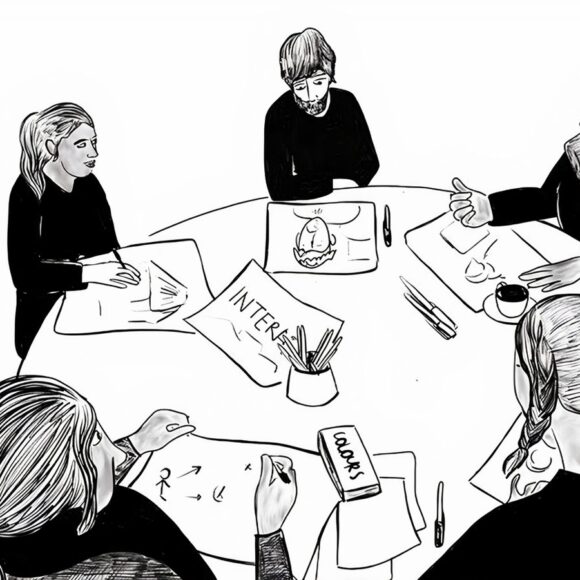Teacs Gàidhlig gu h-ìosal
The first (Scottish) Gaelic translation of JRR Tolkien’s timeless classic, The Hobbit, has been completed by a University of Aberdeen professor.
Moray Watson, Professor of Gaelic and Translation and a lifelong Tolkien fan, began working on a Gaelic version titled A’ Hobat prior tothe Covid lockdowns.
Delays from this and fitting the project around his teaching commitments meant that arriving at a final version took much longer than expected.
Now, after many phases of editing, the book is available to order, complete with an afterword explaining why Professor Watson alighted on the word hobat to translate ‘hobbit’ and why it has a’ and not the more ‘expected’ an.
The Gaelic translation, supported by the Gaelic Books Council, joins a growing list of languages allowing new engagement with the classic story the world over, including Hawaiian, Esperanto, Breton and Yiddish.
Professor Watson is Director of Ionad Eòghainn MhicLachlainn: the National Centre for Gaelic Translation, which exists specifically to support the translation of literature into Gaelic (as well as Manx and Irish).
In addition to The Hobbit translation, the Centre is supporting a book co-edited by Professor Watson which features a set of essays from translators and scholars on various aspects of the translation process.
“Enjoyment of reading is of tremendous importance on many levels when it comes to the esteem and status of a language,” he said.
“Being able to select from a wide range of engaging texts is also extremely important when learning a language or when making the decision to dig in and make that long, sustained extra effort necessary to go from competence in a language to mastery.
“I’ve read the book in at least nine languages so far. Whenever I learn a new language now, I always check to see if there is a translation of The Hobbit. If there is, I buy it. That way, I can read a novel early on in the learning process, because I already know the story very well at this point.
“Every single time I read it, in every single language, I get to experience the deep, rich joy of discovering Tolkien’s world.”
The book includes all the drawings by the author and Professor Watson says it was a pleasure and privilege to delve deeply into the maps, runes and illustrations when triple-checking translations before publication.
“It’s no wonder people fell in love with this book, and continue to do so nearly 90 years after it was first published,” he added.
“I’m very lucky to have had the chance to work with it and I hope that people enjoy it.”
Professor Watson is also completing a Gaelic translation of H. G. Wells’s The Time Machine, which includes an academic essay on how elements of translation theory can help the translator work through some of the trickier parts of a text.
The first appearance of Sherlock Holmes in Arthur Conan Doyle’s A Study in Scarlet is next on the list to be translated to Gaelic and Professor Watson is hunting for interesting novels in French, German or Spanish that have never been translated to English to further expand Gaelic reading lists.
Professor Watson teaches on the MSc in Translation, which is available online and on campus and makes the University of Aberdeen the only institution in the world that offers a Gaelic translation degree at this level.
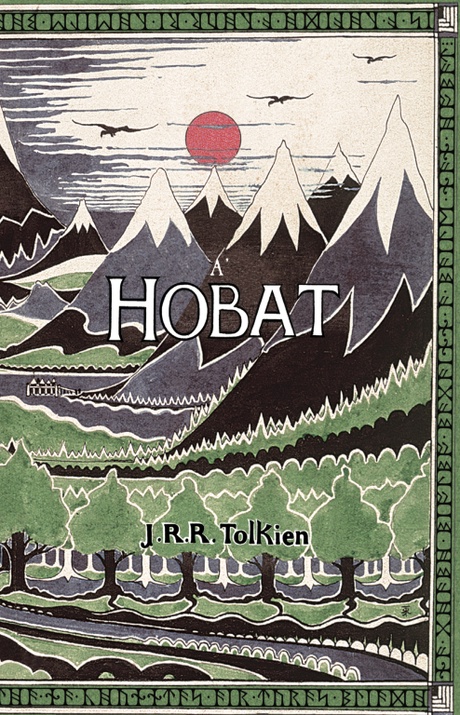
A’ chiad tionndagh Gàidhlig de The Hobbit air fhoillseachadh
Tha a’ chiad eadar-theangachadh Gàidhlig (Albannach) de shàr nobhail J.R.R. Tolkien, The Hobbit, air a chrìochnachadh le àrd-ollamh aig Oilthigh Obar Dheathain. Tha Moray Watson, Àrd-ollamh na Gàidhlig agus Eadar-theangachaidh air a bhith fìor mheasail air sgrìobhaidhean Tolkien fad a bheatha.
‘S e an t-eadar-theangachadh Gàidhlig, le taic bho Chomhairle nan Leabhraichean, an tionndadh as ùire am measg liosta de chànanan a tha a’ dol am meud, a bheir seachad cothrom a dhol an sàs anns an sgeulachd chlasaigich air feadh an t-saoghail, a’ toirt a-steach an cànan Hawaii, Esperanto, Breatnais, agus Iùdhais.
Tha an t-Àrd-ollamh Watson na Stiùiriche air Ionad Eòghainn MhicLachlainn: an t-Ionad Nàiseanta airson Eadar-theangachadh Gàidhlig, a tha ann a dh’aona ghnothach gus taic a thoirt do eadar-theangachadh litreachais gu Gàidhlig, Gàidhlig Mhanainn agus Gàidhlig na h-Èireann.
“Tha tlachd ann an leughadh air leth cudromach aig iomadh ìre nuair a thig e gu spèis agus inbhe cànain,” thuirt e.
“Tha a bhith comasach air taghadh bho raon farsaing de theacsaichean tarraingeach cuideachd air leth cudromach nuair a tha thu ag ionnsachadh cànan no nuair a cho-dhùineas tu an oidhirp fhada, sheasmhach sin a dhèanamh a tha riatanach gus a dhol bho chomas ann an cànan gu maighstireachd.
“Tha mi air an leabhar a leughadh ann an co-dhiù naoi cànanan gu ruige seo. Nuair a dh’ionnsaicheas mi cànan ùr a-nis, bidh mi an-còmhnaidh a’ rùrachd feuch a bheil eadar-theangachadh de The Hobbit ann. Ma tha, ceannaichidh mi e. Mar sin, is urrainn dhomh nobhail a leughadh tràth sa phròiseas ionnsachaidh, oir tha eòlas math agam air an sgeulachd aig an ìre seo mu thràth.
“Gach uair a leughas mi e, anns a h-uile cànan, gheibh mi air tlachd domhainn, inneachail fhaighinn às an rannsachadh de shaoghal Tolkien.”
Tha an leabhar a’ toirt a-steach a h-uile dealbh leis an ùghdar agus tha an t-Àrd-ollamh Watson ag ràdh gun robh e na thoileachas agus na urram a bhith a’ mion-sgrùdadh nam mapaichean, nan rùn-litrichean agus nan ìomhaighean nuair a bhathar a’ dearbh-leughadh nan eadar-theangachaidhean airson iomadh turas mus deach fhoillseachadh.
“Chan iongnadh gun do ghabh daoine gaol don leabhar seo agus gum bi iad a’ dèanamh sin faisg air 90 bliadhna às dèidh dha nochdadh an clò an toiseach,” thuirt e.
Tha an leabhar ri fhaighinn airson òrdachadh, le eàrr-ràdh a’ mìneachadh carson a cho-dhùin an t-Àrd-ollamh Watson am facal hobat a chleachdadh airson Gàidhlig a chur air ‘hobbit’ agus carson a tha a’ aige agus chan eil ‘an’ mar a bhite an dùil.
